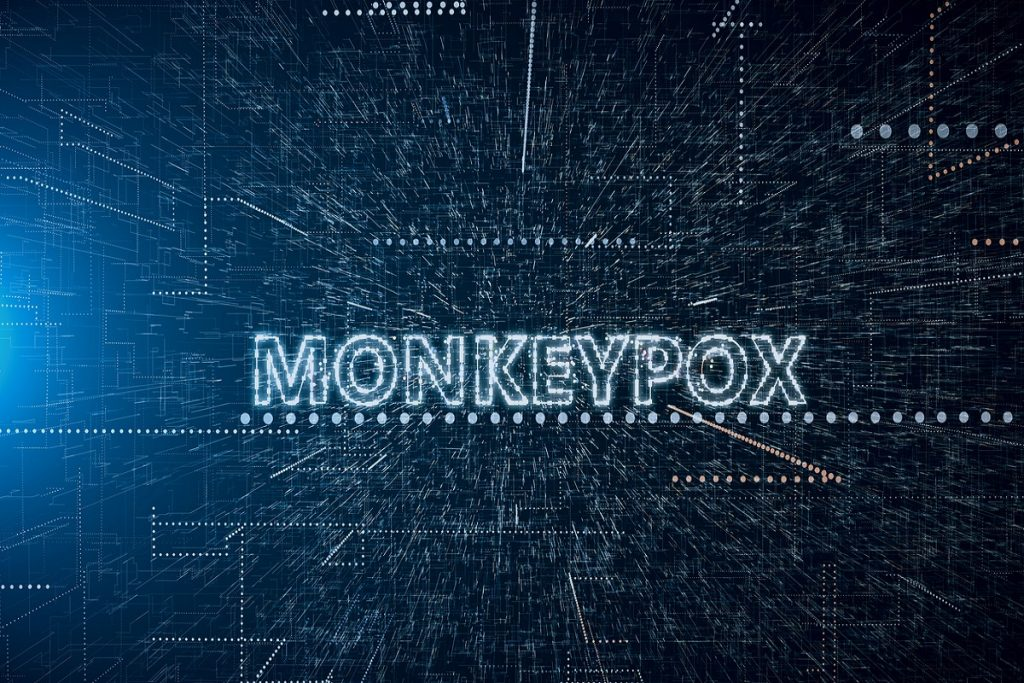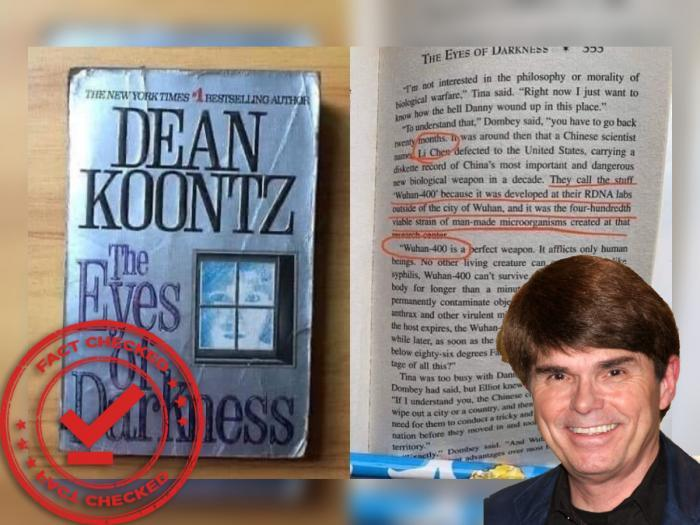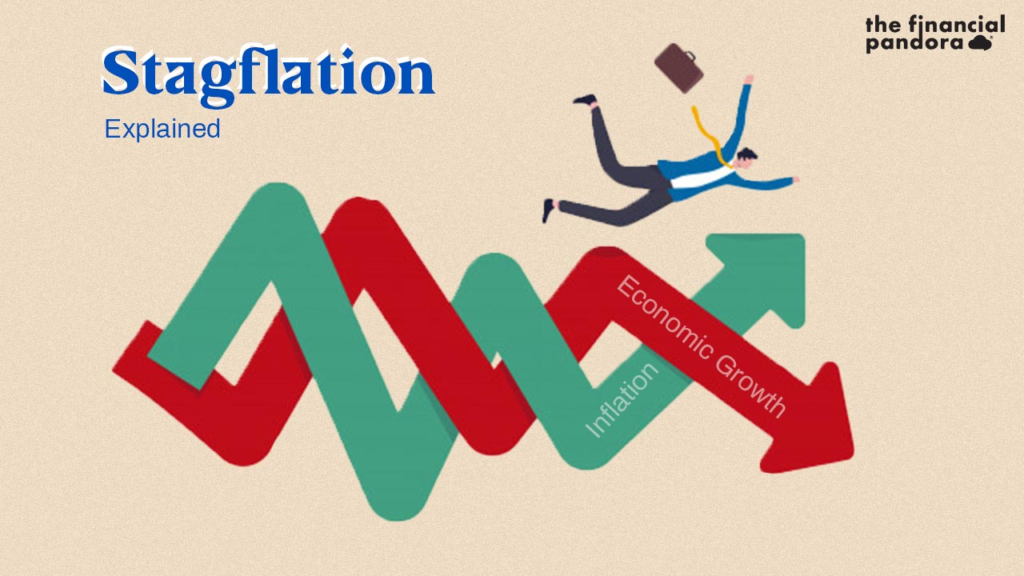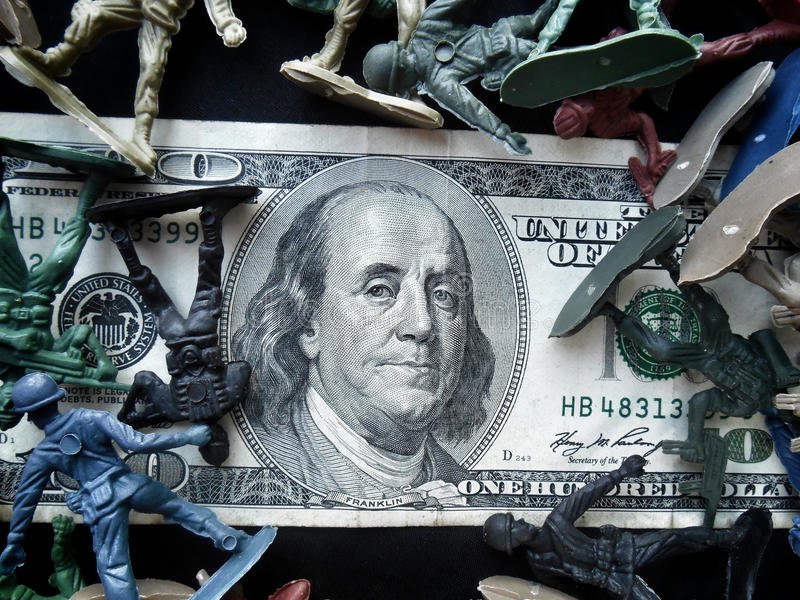
Opinion by Chris Hedges, Salon, 5/26/22
The United States, as the near-unanimous vote to provide nearly $40 billion in aid to Ukraine illustrates, is trapped in the death spiral of unchecked militarism. No high speed trains. No universal health care. No viable COVID relief program. No respite from 8.3% inflation. No infrastructure programs to repair decaying roads and bridges, which require $41.8 billion to fix the 43,586 structurally deficient bridges, on average 68 years old. No forgiveness of $1.7 trillion in student debt. No addressing income inequality. No program to feed the 17 million children who go to bed each night hungry. No rational gun control or curbing of the epidemic of nihilistic violence and mass shootings. No help for the 100,000 Americans who die each year of drug overdoses. No minimum wage of $15 an hour to counter 44 years of wage stagnation. No respite from gas prices that are projected to hit $6 a gallon.
The permanent war economy, implanted since the end of World War II, has destroyed the private economy, bankrupted the nation, and squandered trillions of dollars of taxpayer money. The monopolization of capital by the military has driven the US debt to $30 trillion, $6 trillion more than the US GDP of $24 trillion. Servicing this debt costs $300 billion a year. We spent more on the military, $813 billion for fiscal year 2023, than the next nine countries, including China and Russia, combined.
We are paying a heavy social, political and economic cost for our militarism. Washington watches passively as the U.S. rots, morally, politically, economically and physically, while China, Russia, Saudi Arabia, India and other countries extract themselves from the tyranny of the U.S. dollar and the international Society for Worldwide Interbank Financial Telecommunication (SWIFT), a messaging network banks and other financial institutions use to send and receive information, such as money transfer instructions. Once the U.S. dollar is no longer the world’s reserve currency, once there is an alternative to SWIFT, it will precipitate an internal economic collapse. It will force the immediate contraction of the U.S. empire shuttering most of its nearly 800 overseas military installations. It will signal the death of Pax Americana.
Democrat or Republican. It does not matter. War is the raison d’être of the state. Extravagant military expenditures are justified in the name of “national security.”
The nearly $40 billion allocated for Ukraine, most of it going into the hands of weapons manufacturers such as Raytheon Technologies, General Dynamics, Northrop Grumman, BAE Systems, Lockheed Martin and Boeing, is only the beginning. Military strategists, who say the war will be long and protracted, are talking about infusions of $4 or $5 billion in military aid a month to Ukraine. We face existential threats. But these do not count. The proposed budget for the Centers for Disease Control and Prevention (CDC) in fiscal year 2023 is $10.675 billion. The proposed budget for the Environmental Protection Agency (EPA) is $11.881 billion. Ukraine alone gets more than double that amount. Pandemics and the climate emergency are afterthoughts. War is all that matters. This is a recipe for collective suicide.
War is the raison d’être of the state.
Extravagant military expenditures are justified for “national security.” The $40 billion allocated for Ukraine mostly goes to weapons manufacturers. Strategists talk of sending $4 billion more every month.
There were three restraints to the avarice and bloodlust of the permanent war economy that no longer exist. The first was the old liberal wing of the Democratic Party, led by politicians such as Sen. George McGovern, Sen. Eugene McCarthy and Sen. J. William Fulbright, who wrote “The Pentagon Propaganda Machine.” The self-identified progressives, a pitiful minority, in Congress today, from Rep. Barbara Lee —who was the single vote in the House and the Senate opposing an open-ended authorization allowing the president to wage war in Afghanistan or anywhere else — to Rep. Ilhan Omar are now dutifully lining up to fund the latest proxy war. The second restraint was an independent media and academia, including journalists such as I.F Stone and Neil Sheehan along with scholars such as Seymour Melman, author of “The Permanent War Economy” and “Pentagon Capitalism: The Political Economy of War.” Third, and perhaps most important, was an organized antiwar movement led by religious leaders such as Dorothy Day, Martin Luther King Jr. and Phil and Dan Berrigan, as well as groups such as Students for a Democratic Society (SDS). They understood that unchecked militarism was a fatal disease.
None of these opposition forces, which did not reverse the permanent war economy but curbed its excesses, now exist. The two ruling parties have been bought by corporations, especially military contractors. The press is anemic and obsequious to the war industry. Propagandists for permanent war, largely from right-wing think tanks lavishly funded by the war industry, along with former military and intelligence officials, are exclusively quoted or interviewed as military experts. NBC’s “Meet the Press” aired a segment May 13 where officials from Center for a New American Security (CNAS) simulated what a war with China over Taiwan might look like. The co-founder of CNAS, Michèle Flournoy, who appeared in the “Meet the Press” war games segment and was considered by Biden to run the Pentagon, wrote in 2020 in Foreign Affairs that the U.S. needs to develop “the capability to credibly threaten to sink all of China’s military vessels, submarines and merchant ships in the South China Sea within 72 hours.”
The handful of anti-militarists and critics of empire from the left, such as Noam Chomsky, and the right, such as Ron Paul, have been declared persona non grata by a compliant media. The liberal class has retreated into boutique activism where issues of class, capitalism and militarism are jettisoned for “cancel culture,” multiculturalism and identity politics. Liberals are cheerleading the war in Ukraine. At least the inception of the war with Iraq saw them join significant street protests. Ukraine is embraced as the latest crusade for freedom and democracy against the new Hitler. There is little hope, I fear, of rolling back or restraining the disasters being orchestrated on a national and global level. The neoconservatives and liberal interventionists chant in unison for war. Joe Biden has appointed these warmongers, whose attitude to nuclear war is terrifyingly cavalier, to run the Pentagon, the National Security Council and the State Department.
Since all we do is war, all proposed solutions are military. War will cripple Russia. War will curb the growing power of China. These are demented and dangerous fantasies of a ruling class severed from reality.
Since all we do is war, all proposed solutions are military. This military adventurism accelerates the decline, as the defeat in Vietnam and the squandering of $8 trillion in the futile wars in the Middle East illustrate. War and sanctions, it is believed, will cripple Russia, rich in gas and natural resources. War, or the threat of war, will curb the growing economic and military clout of China.
These are demented and dangerous fantasies, perpetrated by a ruling class that has severed itself from reality. No longer able to salvage their own society and economy, they seek to destroy those of their global competitors, especially Russia and China. Once the militarists cripple Russia, the plan goes, they will focus military aggression on the Indo-Pacific, dominating what Hillary Clinton as secretary of state, referring to the Pacific, called “the American Sea.”
You cannot talk about war without talking about markets. The U.S., whose growth rate has fallen to below 2%, while China’s is 8.1%, has turned to military aggression to bolster its sagging economy. If the U.S. can sever Russian gas supplies to Europe, it will force Europeans to buy from the United States. U.S. firms, at the same time, would be happy to replace the Chinese Communist Party, even if they must do it through the threat of war, to open unfettered access to Chinese markets. War, if it did break out with China, would devastate the Chinese, American and global economies, destroying free trade between countries as in World War I. But that doesn’t mean it won’t happen.
Washington is desperately trying to build military and economic alliances to ward off a rising China, whose economy is expected by 2028 to overtake that of the United States, according to the U.K.’s Centre for Economics and Business Research (CEBR). The White House has said that Biden’s recent visit to Asia was about sending a “powerful message” to Beijing and others about what the world could look like if democracies “stand together to shape the rules of the road.” The Biden administration has invited South Korea and Japan to attend the NATO summit in Madrid.
But fewer and fewer nations, even among European allies, are willing to be dominated by the United States. Washington’s veneer of democracy and supposed respect for human rights and civil liberties is so badly tarnished as to be irrecoverable. Its economic decline, with China’s manufacturing 70% higher than that of the U.S., is irreversible. War is a desperate Hail Mary, one employed by dying empires throughout history with catastrophic consequences. “It was the rise of Athens and the fear that this instilled in Sparta that made war inevitable,” Thucydides noted in “The History of the Peloponnesian War.”
A key component to the sustenance of the permanent war state was the creation of the all-volunteer force. Without conscripts, the burden of fighting wars falls to the poor, the working class and military families. This allows the children of the middle class, who led the Vietnam antiwar movement, to avoid service. It protects the military from internal revolts, carried out by troops during the Vietnam War, which jeopardized the cohesion of the armed forces.
The all-volunteer force, by limiting the pool of available troops, also makes the global ambitions of the militarists impossible. Desperate to maintain or increase troop levels in Iraq and Afghanistan, the military instituted the “stop-loss” policy that arbitrarily extended active-duty contracts. Its slang term was the “backdoor draft.” The effort to bolster the number of troops by hiring private military contractors as well has had a negligible effect. Increased troop levels would not have won the wars in Iraq and Afghanistan, but the tiny percentage of those willing to serve in the military (only 7% of the U.S. population are veterans) is an unacknowledged Achilles heel for the militarists.
“As a consequence, the problem of too much war and too few soldiers eludes serious scrutiny,” writes historian and retired Army Col. Andrew Bacevich in “After the Apocalypse: America’s Role in a World Transformed“:
Expectations of technology bridging that gap provide an excuse to avoid asking the most fundamental questions: Does the United States possess the military wherewithal to oblige adversaries to endorse its claim of being history’s indispensable nation? And if the answer is no, as the post-9/11 wars in Afghanistan and Iraq suggest, wouldn’t it make sense for Washington to temper its ambitions accordingly?
This question, as Bacevich points out, is “anathema.” The military strategists work from the supposition that the coming wars won’t look anything like past wars. They invest in imaginary theories of future wars that ignore the lessons of the past, ensuring more fiascos.
The political class is as self-deluded as the generals. It refuses to accept the emergence of a multipolar world and the palpable decline of American power. It speaks in the outdated language of American exceptionalism and triumphalism, believing it has the right to impose its will as the leader of the “free world.” In his 1992 Defense Planning Guidance memorandum, then-Deputy Secretary of Defense Paul Wolfowitz argued that the U.S. must ensure no rival superpower again arises. The U.S. should project its military strength to dominate a unipolar world in perpetuity. On Feb. 19, 1998, on NBC’s “Today,” Secretary of State Madeleine Albright gave the Democratic version of this doctrine of unipolarity. “If we have to use force it is because we are Americans; we are the indispensable nation,” she said. “We stand tall, and we see further than other countries into the future.”
This demented vision of unrivaled U.S. global supremacy, not to mention unrivaled goodness and virtue, blinds the establishment Republicans and Democrats. The military strikes they casually used to assert the doctrine of unipolarity, especially in the Middle East, swiftly spawned jihadist terror and prolonged warfare. None of them saw it coming until the hijacked jets slammed into the World Trade Center twin towers. That they cling to this absurd hallucination is the triumph of hope over experience.
There is a deep loathing among the public for these elitist Ivy League architects of American imperialism. Imperialism was tolerated when it was able to project power abroad and produce rising living standards at home. It was tolerated when it restrained itself to covert interventions in countries such as Iran, Guatemala and Indonesia. It went off the rails in Vietnam. The military defeats that followed accompanied a steady decline in living standards, wage stagnation, a crumbling infrastructure and eventually a series of economic policies and trade deals, orchestrated by the same ruling class, which deindustrialized and impoverished the country.
Donald Trump committed the heresy of questioning the sanctity of American empire, calling the invasion of Iraq a “big, fat mistake.” Told that Putin was “a killer,” he retorted, “You think our country’s so innocent?”
The establishment oligarchs, now united in the Democratic Party, distrust Donald Trump. He commits the heresy of questioning the sanctity of the American empire. Trump derided the invasion of Iraq as a “big, fat mistake.” He promised “to keep us out of endless war.” Trump was repeatedly questioned about his relationship with Vladimir Putin. Putin was “a killer,” one interviewer told him. “There are a lot of killers,” Trump retorted. “You think our country’s so innocent?” Trump dared to speak a truth that was to be forever unspoken, that the militarists had sold out the American people.
Noam Chomsky took some heat for pointing out, correctly, that Trump is the “one statesman” who has laid out a “sensible” proposition to resolve the Russia-Ukraine crisis. The proposed solution included “facilitating negotiations instead of undermining them and moving toward establishing some kind of accommodation in Europe … in which there are no military alliances but just mutual accommodation.”
Trump is too unfocused and mercurial to offer serious policy solutions. He did set a timetable to withdraw from Afghanistan, but he also ratcheted up the economic war against Venezuela and reinstituted crushing sanctions against Cuba and Iran, which the Obama administration had ended. He increased the military budget. He apparently flirted with carrying out a missile strike on Mexico to “destroy the drug labs.” But he acknowledges a distaste for imperial mismanagement that resonates with the public, one that has every right to loath the smug mandarins that plunge us into one war after another. Trump lies like he breathes. But so do they.
The 57 Republicans who refused to support the $40 billion aid package to Ukraine, along with many of the 19 bills that included an earlier $13.6 billion in aid for Ukraine, come out of the kooky conspiratorial world of Trump. They, like Trump, repeat this heresy. They too are attacked and censored. But the longer Biden and the ruling class continue to pour resources into war at our expense, the more these proto-fascists, already set to wipe out Democratic gains in the House and Senate this fall, will be ascendant.
Rep. Marjorie Taylor Greene, during the debate on the aid package to Ukraine, which most members were not given time to closely examine, said: “$40 billion but there’s no baby formula for American mothers and babies.”
“An unknown amount of money to the CIA and Ukraine supplemental bill but there’s no formula for American babies,” she added. “Stop funding regime change and money laundering scams. A U.S. politician covers up their crimes in countries like Ukraine.”
Democratic Rep. Jamie Raskin immediately attacked Greene for parroting the propaganda of Vladimir Putin.
Greene, like Trump, spoke a truth that resonates with a beleaguered public. The opposition to permanent war should have come from the tiny progressive wing of the Democratic Party, which unfortunately sold out to the craven Democratic leadership to save their political careers. Greene is demented, but Raskin and the Democrats peddle their own brand of lunacy. We are going to pay a very steep price for this burlesque.
Read more on the Ukraine war and its contradictions:
Russia, the U.S. and the Ukraine war: Dance of death in an age of self-delusion
The-days-of-abundant-resources-farming-inputs-is-over-says-deere-ceo – Search (bing.com)
Ending the Ukraine war is possible, but time is running out: Here’s how the U.S. can help
Is the U.S. in a proxy war with Russia? Sergey Lavrov and Lloyd Austin seem to think so
Wright: Wary of consumer discretionary, because inflation is starting to impact Americans
Dan Patrick: If America does not turn back to God, we are going to be a lost nation
Xi-Li Discord Paralyzes Officials Responsible for China Economy (msn.com)
How Many EVs Are Registered In Your State? You May Be Surprised (insideevs.com)
Current EV registrations in the US: How does your state stack up? – Electrek
Energy policy in the US is ‘disastrous,’ says Rep. Byron Donalds (msn.com)
Cummins Previews Hydrogen Future With 15.0-Liter Engine (msn.com)
See how many electric vehicles are registered in Ohio (msn.com)
How many electric cars registered in each state – Bing video
Electric car rapid charging costs soar, says RAC (msn.com)
Investing Insider speaks out: “Wall Street’s Dark Day is Coming” – Investing Outlook
A New Financial Crisis is Brewing in America
By Allison Comotto – Search (bing.com)
If Everything Is So Amazing, Why’s Nobody Happy? | VQR Online
If you’re a student of history, you’ve likely already noticed the signs:
We’re suffering the worst inflation since the 1980s…
The worst simultaneous food and energy shortage since the 1970s…
And the worst stock market performance since 1939.
The words “recession,” “crash,” and “bear market” are all over the financial press.
(Even the housing market is starting to look eerily similar to 2007.)
The consensus is clear:
A new crisis is brewing in our nation’s economy.
But if you’re over the age of 50 – it’s not the type of crisis you might expect.
And according to legendary investor, Matt McCall, the ramifications for your wealth could be more severe than any other crisis in history.
McCall likely has the greatest track record of any investor in America.
To date, he’s recommended over 40 stocks that all went on to soar over 1,000%.
He accurately called the day of the market bottom in 2009… recommended Bitcoin before it soared 9,000%… predicted the cannabis and electric vehicle
trends years before they were on anybody’s radar… and perfectly timed the red-hot rebound after the 2020 COVID crash. Today, he’s stepping forward to issue his next big prediction – and make sure you don’t get left behind.
He told me,
“Millions of Americans are selling their stocks… hoarding cash… and waiting for a repeat of 2008 or 2020.
They don’t know the next financial crisis will be nothing like the last. And they’re making every mistake in the book because of it.”
Matt just took the stage in front of a live audience to explain his new prediction, and what it means for your money.
In fact, he’s summed up exactly what’s happening in just one word.
And he’s even giving away one of his top stocks to take advantage.
Click here to see his new prediction and stock recommendation, 100% free.
“Everything Is Amazing, But No One Is Happy”.
By Kelly Brown
Remember the Jetsons? George and Jane? Of course, you do…
They painted the dream that by 2062 we’d live in a world with video calls, robotic vacuums, smart watches, and tablet computers. And we do, forty years ahead of their timeline.
By most measurements, the world’s doing well for itself.
Global incomes are higher… our lifespan is longer. Literacy is up. Poverty is down. Violent crime has dropped in half since the 1990s.
Communication is literally 100,000x cheaper than it was 100 years ago.
But simple things – like seeing a doctor or getting your car fixed or simply making more money for the lifestyle you want – are still so frustrating.
It’s as if everything is amazing, yet nothing ever works the way it’s supposed to.
Nothing’s efficient.
No one can seem to do their job correctly.
The right people are never rewarded.
And everyone’s always mad at each other.
Recently, a renowned technology analyst stepped forward with a surprising explanation.
Matt McCall has appeared in the media over 1,000 times. He’s published 2 books about investing and has a popular investing podcast with over 400,000 subscribers.
And he said,
“There’s an economic phenomenon happening right now that most people haven’t picked up on. It’s at the root of so many of today’s problems. It explains why we’re seeing so many issues in the investing markets lately… and so many frustrations in our day to day lives.”
He adds that this phenomenon is what the wealthiest Americans are using to advance right now, while most investors and retirees bear the weight of violent market swings and inevitably get left behind.
In a first-of-its-kind presentation, Matt McCall explains this phenomenon and exactly what you can do to find yourself on the right side of it.
How to keep your cool during market uncertainty:
Learn how to avoid making emotional decisions when markets get choppy.
Both big and small swings in the market are regular parts of the investing experience. So, it’s important to be mindful of your reactions to these ups and downs and take a beat before making drastic money moves.
The high cost of Biden’s bitter partisanship: Inaction (msn.com)
Here are a few things to keep in mind as you ride the stock market roller coaster.
Keep perspective
Downturns are normal and expected. On average since 1926, stock prices have dipped every 6 years with losses averaging almost 40%. * But zoomed out to the full picture, we can see that the market has recovered each time and gone on to reach new heights.
Invest consistently
You can avoid making emotionally driven decisions by setting up monthly recurring investments. This helps ensure you stick to your plan, no matter what the market is doing!
That way when things start to get chaotic, you can remind yourself that you’re staying focused on your goal instead of the short-term volatility.
Take a break
Finally, if you find yourself stressed, anxious, and constantly checking in on how your investments are doing, consider taking a break (that’s if you don’t need your money right away).
Just like the saying “A watched pot never boils,” watching stock prices drop won’t bring them back up. Instead, do something that you enjoy! Get outside, watch a movie, or take a nap. You’ll likely find it’s a better use of your time.
To view the free presentation, click here.
Past performance is not a predictor of future results. All investing involves risk of loss and individual investments may vary. The examples provided are not representative of typical results. Your capital is at risk when you invest — you can lose some or all of your money. Never risk more than you can afford to lose.
About The McCall Report
The McCall Report is a monthly newsletter edited by lead analyst Matt McCall with the belief that the decade ahead of us – the Roaring 2020s – will bring exponential growth to companies that are embracing the monumental changes set to occur over the next 10 years.
“Biden Let The Cat Out Of The Bag”: Steve Forbes Calls Out POTUS’ “Confession”
Mitch McConnell tears into Biden for saying gas prices are going through an ‘incredible transition’ (msn.com)
Elon Musk says upcoming recession is ‘actually a good thing,’ and predicts how long it will last (msn.com)
Biden’s high gas prices and war on fossil fuels proves the president is cold, cruel and callous (msn.com)
How many times can you get COVID-19? What to know about coronavirus reinfections
Fed Inflation Gauge Slows Further In April, Adding to ‘Peak’ Consumer Prices Bets
Two-thirds of American workers say their pay is not keeping up with inflation
Poll: Americans Know Biden Is Too Old, Slow, and Stupid to Be President
U.S. Aims to Constrain China by Shaping Its Environment, Blinken Says
The CDC Has A New Boogeyman To Keep COVID Restrictions Around Even Longer,
Moderna CEO: 30 million COVID jab doses will be tossed ‘because nobody wants them’
Fauci’s researchers find natural immunity superior to vaccines – ClarkCountyToday.com
Opinion: Biden’s presidency reveals sour stink of ‘success’ | Opinion | peoriatimes.com
US Baby Formula Shortage Rate Jumps to 70% As Crisis Worsens (msn.com)
US Consumers Expect Inflation Shock to Pass, NY Fed Survey Finds (msn.com)
You Are Going to Get COVID Again … and Again … and Again (msn.com)
The real COVID surge is (much) bigger than it looks. (wgbh.org)
Which States Have the Highest COVID Death Rate? (msn.com)
US truckers talk ‘unprecedented’ diesel price surge (msn.com)

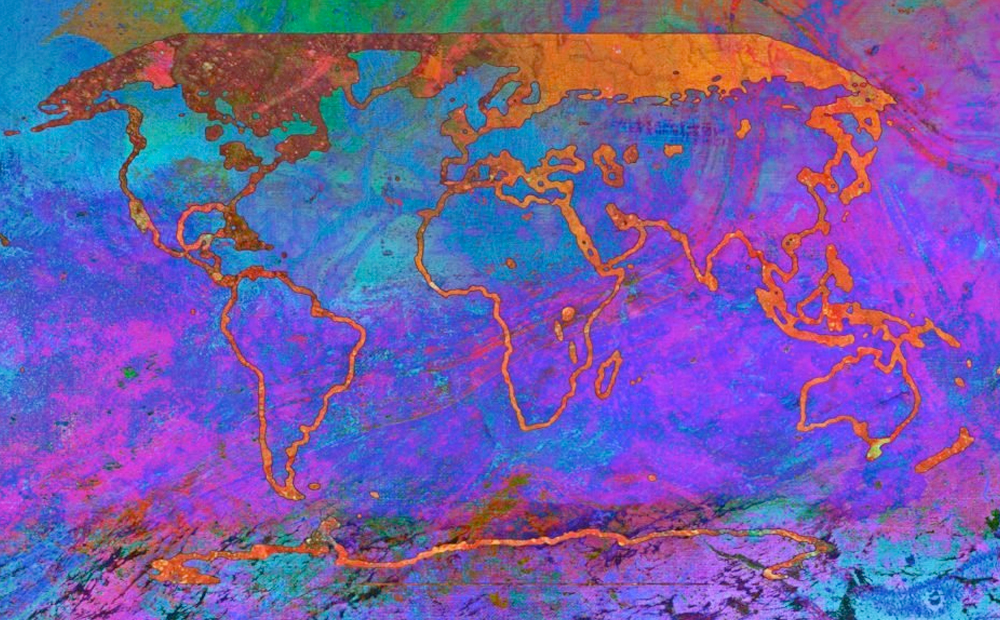
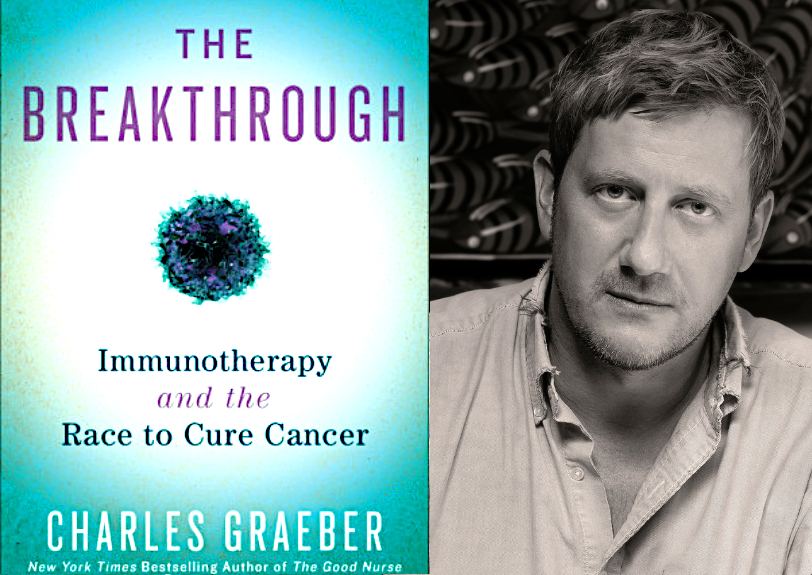





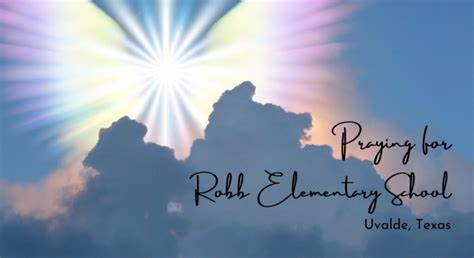




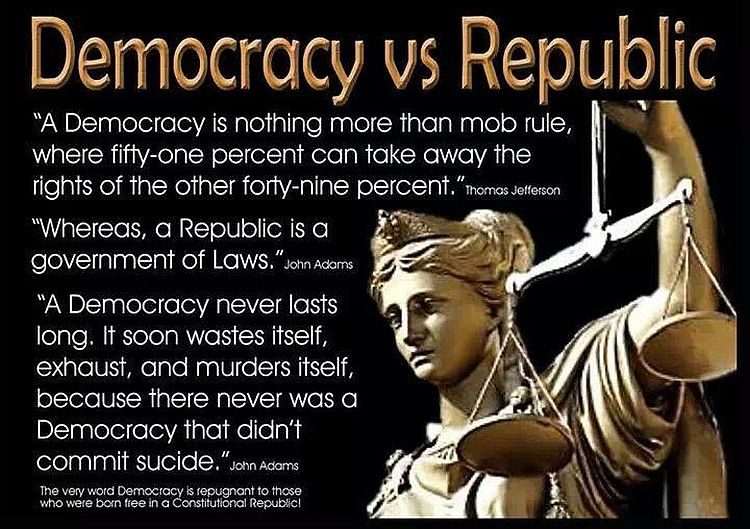


 A riverboat in Vietnam’s Mekong Delta. Photo by mariusz kluzniak/Flickr
A riverboat in Vietnam’s Mekong Delta. Photo by mariusz kluzniak/Flickr

